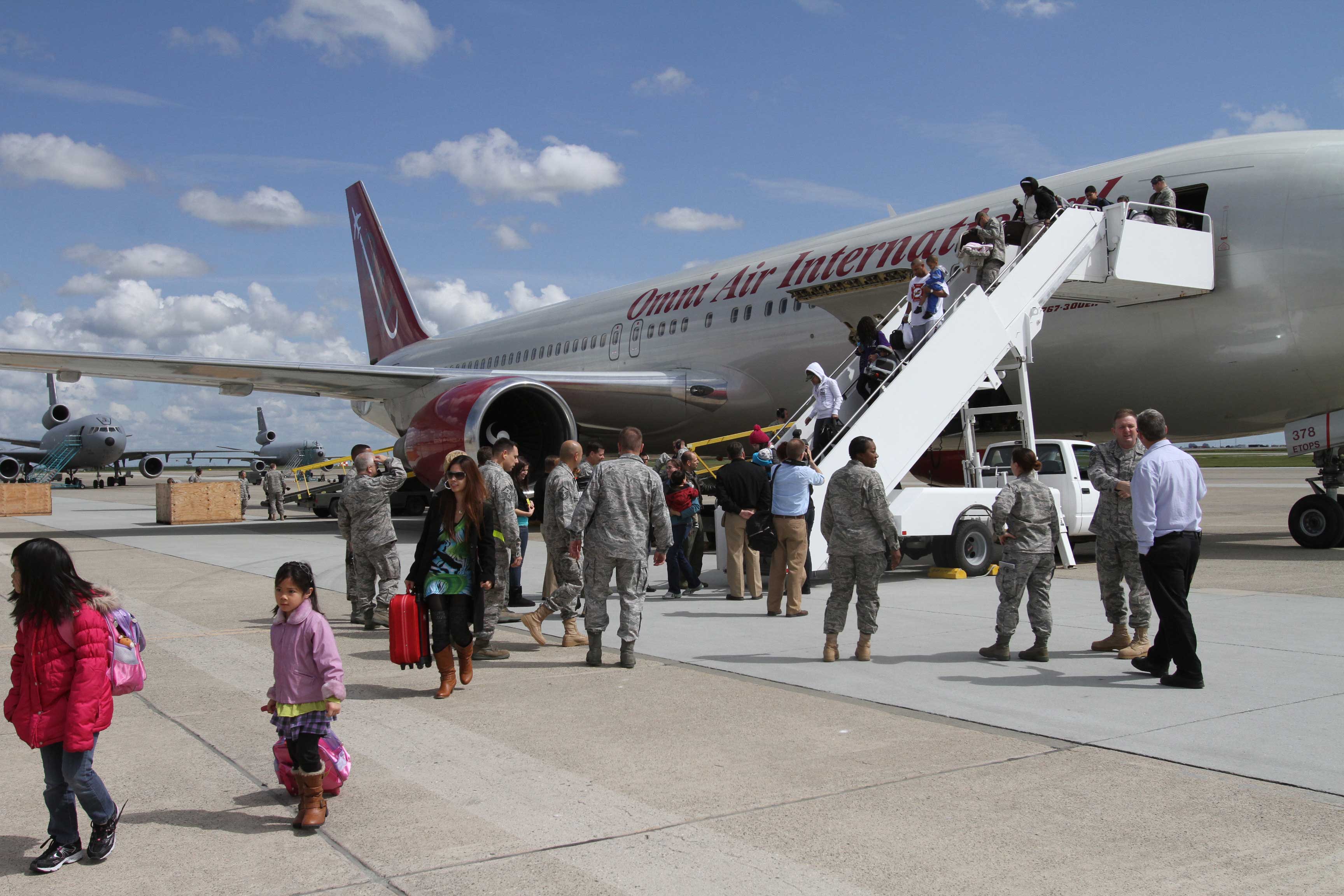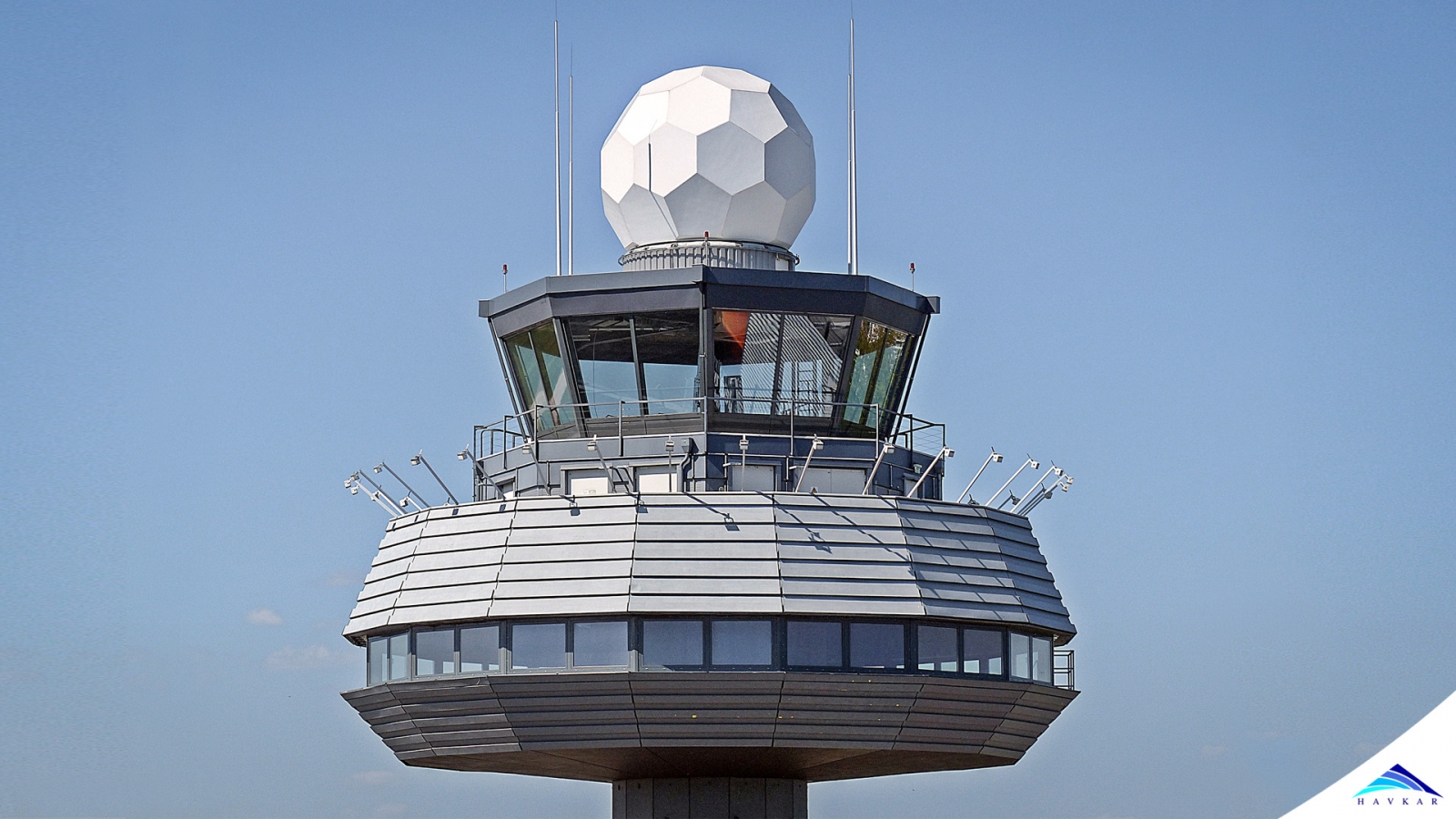
The main goals of ATC worldwide are to prevent collisions, efficient management of the flow of aircrafts without any delays, and provide information and other support to pilots in case of emergency. In some countries, still ATC is controlled by the military or air force.
In order to prevent any collision or accident, ATC applies air traffic separation rules on aircrafts that ensure that each and every aircraft must maintain a minimum distance of empty space around it at any time for the next upcoming aircraft crossing by.
The instructions issued by the ATC that pilot must follow or pilots may ignore. Pilots are the ultimate authority for the safe operation of aircraft and may, in an emergency, also can deviate from the ATC instructions to ensure the aircraft operations safely. Since pilots fly according to one of two sets of separation rules. VFR(visual flight rules) or IFR(instrument flight rules). Pilots flying under VFR can request flight tracking, traffic status, or can help with areas that avoid weather and flight restrictions.
Air Traffic Control has multiple stages we will discuss one by one;
1 FPL (Flight Plan Generation)
2 Engine Startup and Ground Control
3 Clearance and takeoff
4 Terminal control
5 Area Control Centre (ACC)
6 Approach at Terminal Control
7 Tower Control
8 Ground Control
1. FPL (Flight Plan Generation) : The flight plan for an aircraft is a document containing details of the flight shared between airline schedule of flights and ATC. The details include such as the registration of the aircraft, the route to be flown, the altitude, date and time of departure, arrival destination and the type of aircraft(civil or cargo) of the flight. Once the FPL I created, it was sent to all ATC centers coming under the flight route and to the destination airport that all are informed in advance so they can be prepared for the aircraft.
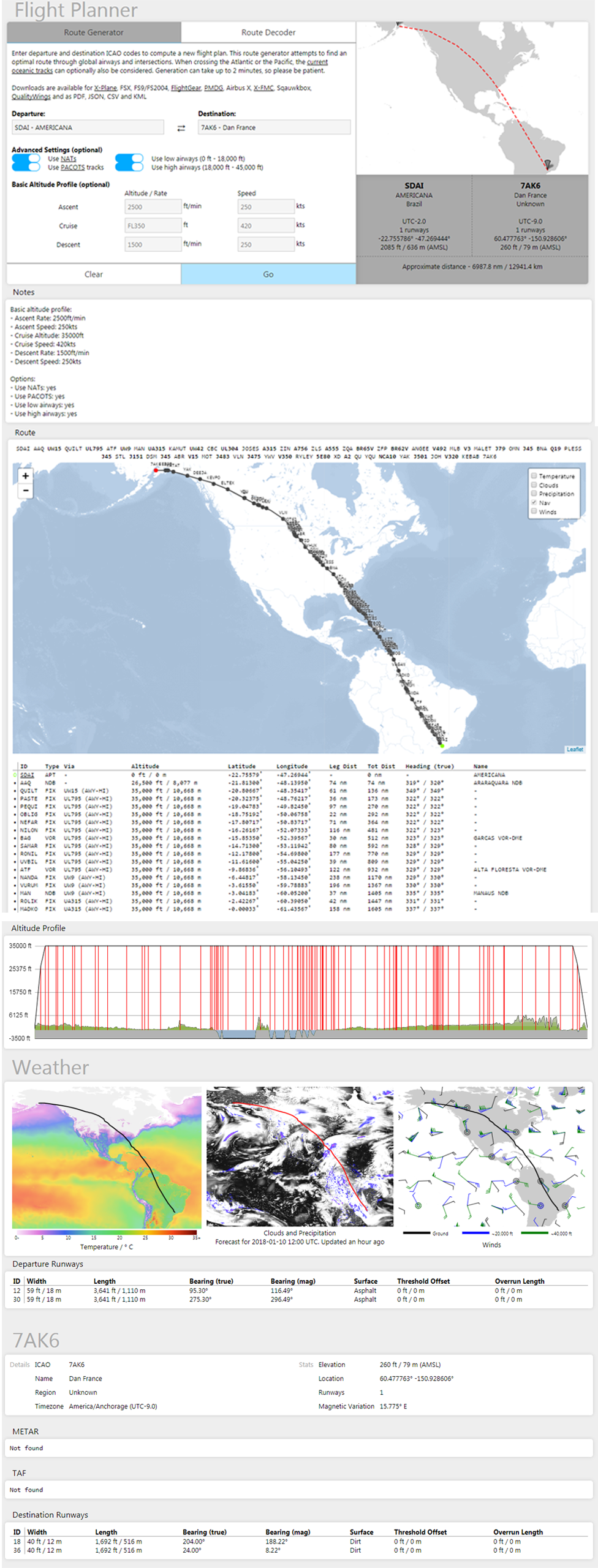
2. Engine Startup and Ground Control: If you have noticed all airports have one tall tower which included the radar and the glass sectioned dome shaped structure where the control team sit and the position of the tower is kept in such a way that all the movement of aircrafts on airports can be seen from the tower. The ground controller team is responsible for the ground movement of the aircraft at the airport. Like taxing, inactive runways, parking areas, and transitional tarmac or intersection where the aircraft arrives. All aircrafts, vehicle or staff walking or working in these areas are controlled and carefully organized by the ground control team. This is all done via radios. All the ground control team is connected by the handheld radios.
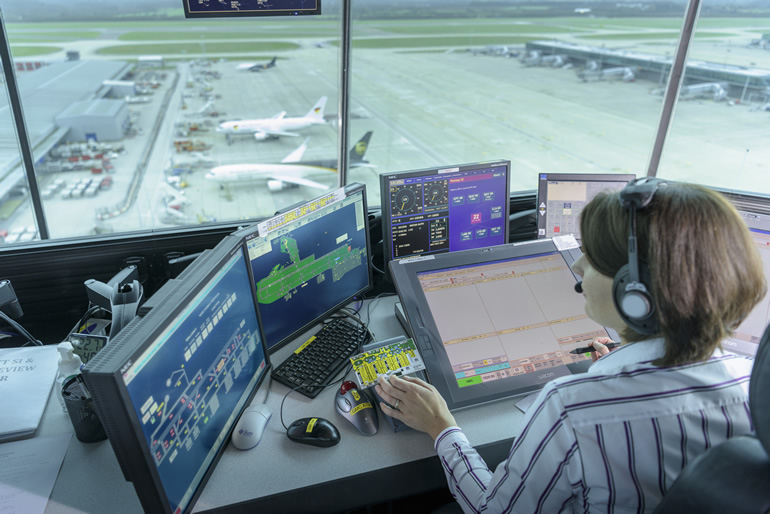
3. Clearance and takeoff: Clearance is the position for the clearances of aircraft, it contain details of the route that the aircraft is expected to fly after departure. Clearance and takeoff permission is only given after the air traffic management team and round controller confirm then route clearance from the nearest radar center. But since its repeated process now days in busy airports it’s all automatic done by system to keep the efficiency of management up.
In case of unfavorable weather conditions and visibility problems at airport or airspace becomes a factor, the traffic management team may implement round stops or re-routes the aircrafts so aircrafts can departure without any delays. The main responsibility of clearance delivery is to ensure that aircraft have correct information, about weather, flight route before going to airborne. This all information and changes are shared with relevant radar center to keep the updated. Once the clearance is issued for the aircraft the ground control team help the aircraft to taxi till the takeoff point and he aircraft takes off.
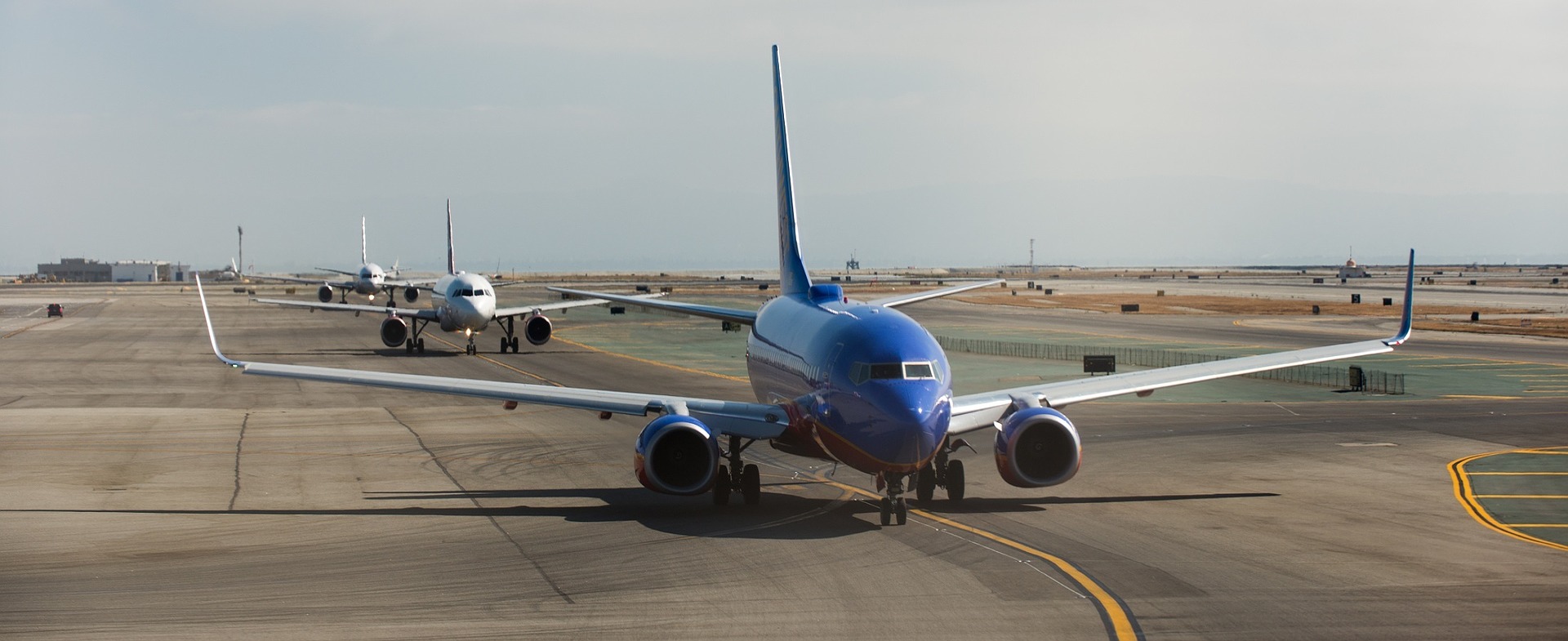
4. Terminal Control: Almost all the airports have their own radar system on the control tower
and the ATC at terminal uses the same radar for the initial control of aircrafts. Its called terminal control, depending on the capacity and range of the radar the terminal control the traffic in the radius of maximum 50-100 km. Also the altitude varies from airport to airports and nearby small airports can be controlled by the single terminal for example London main terminal control 5 main airports in radius of 190 kms. Terminal Control instructs the aircraft to climb till cruise height and also the direction of the flight so it follows the route. They provide ATC service within their airspace. Once the aircraft has obtained the appropriate altitude and speed, path the terminal handover the control to next radar control center beyond their airspace.
5. Area Control Centre (ACC): Once the aircraft reaches its Cruise height and leave the terminal Control airspace it’s handed over to the control center or relevant radar center. ACC is responsible to instruction of the aircraft for the final route and climb descend of the aircraft in another aircraft is coming across at same altitude. This is done to keep the safe distance and airspace between both aircrafts and then climb the aircraft to its final cruising level altitude requested by the aircraft to keep the aircraft on its route. If the flight route is long and it exceeds the airspace range of the Are control, its handover to the next Area Control Center.
6. Approach at Terminal Control: When the aircraft is close to reach its destination it leaves the Area control airspace and enters into the terminal control of the destination airport. The Area control center helps the aircraft to descend for the optimum height so it can be tracked by the Terminal radar systems. Since the FPL is already shared with the approach terminal controller, they help the aircrafts for the navigation till airport and descend it to the loiter height.
7. Tower Control: Depending on the ground traffic of the aircrafts they can ask the aircraft to loiter around the airport till the time runway is free for the landing. Once the landing clearance is given the aircrafts are aligned along landing runway and aircraft lands. The control is handover to ground control team over landing.
8. Ground Control: After the aircraft lands, it is asked to exit the runway and Ground controller issues taxi clearance to the place where aircraft will disembark the passengers/cargo.
